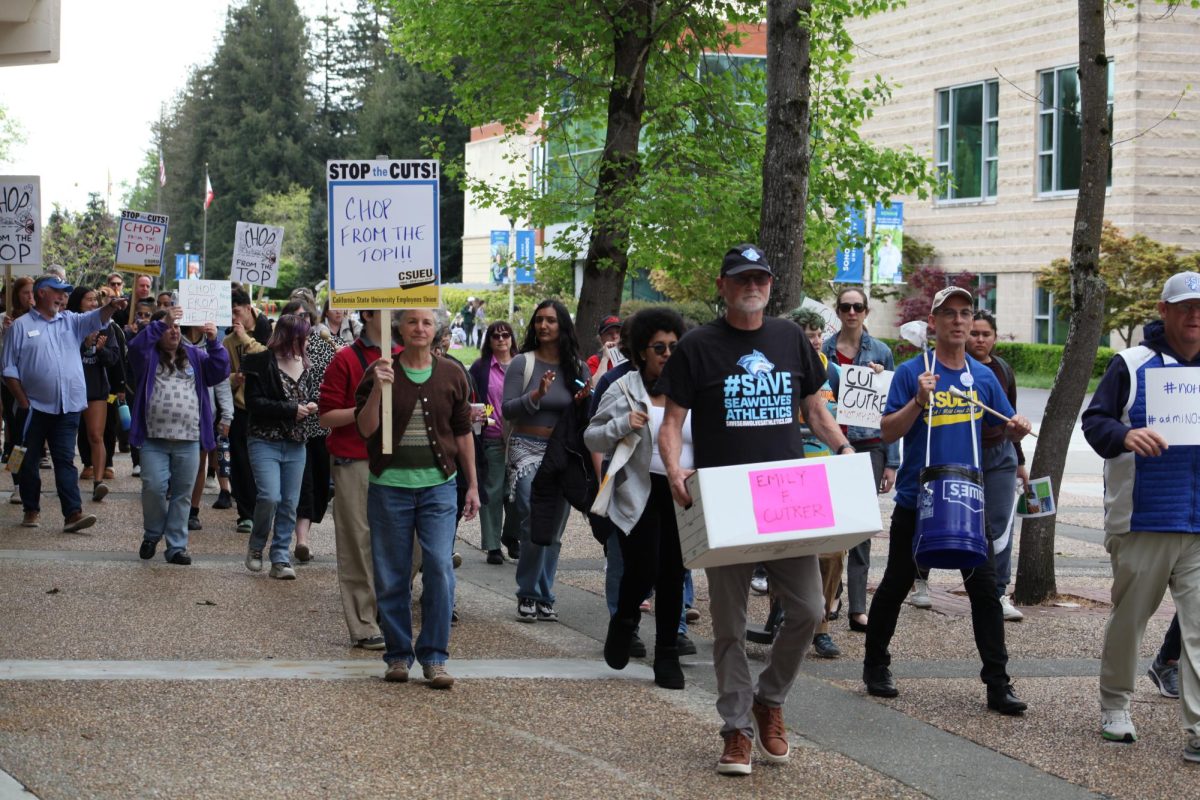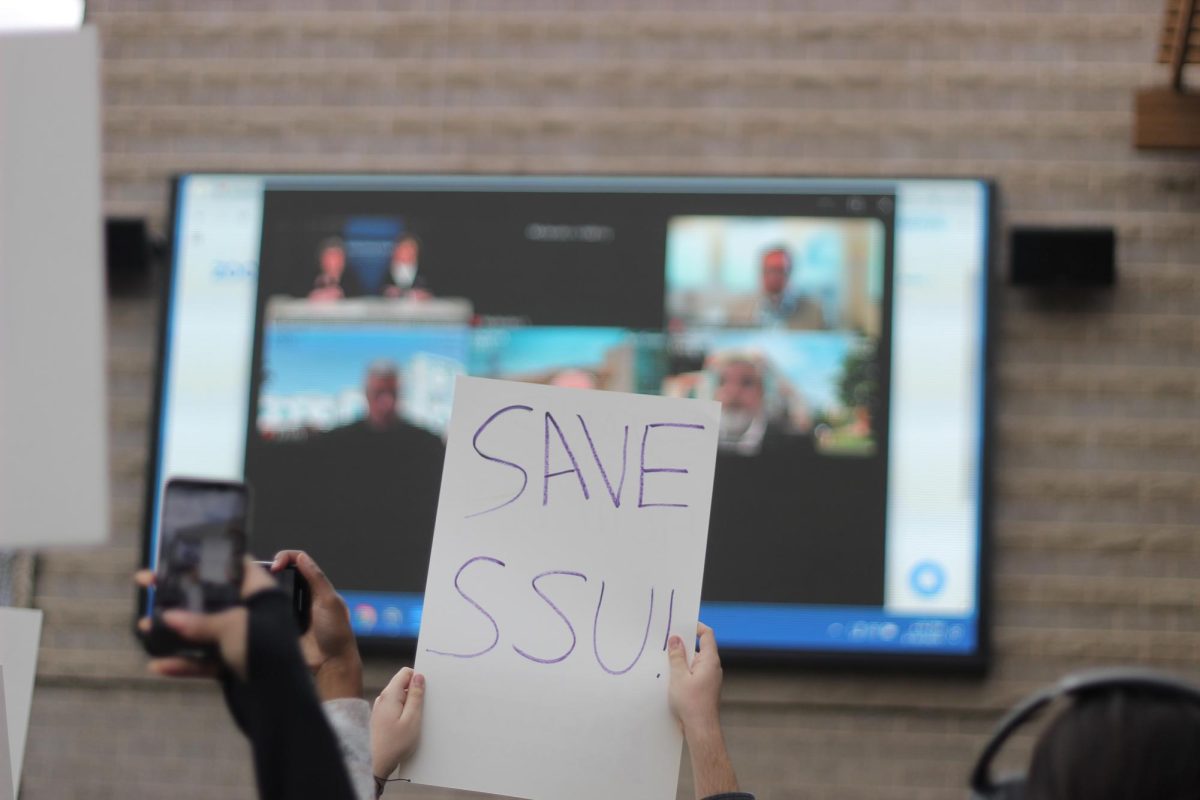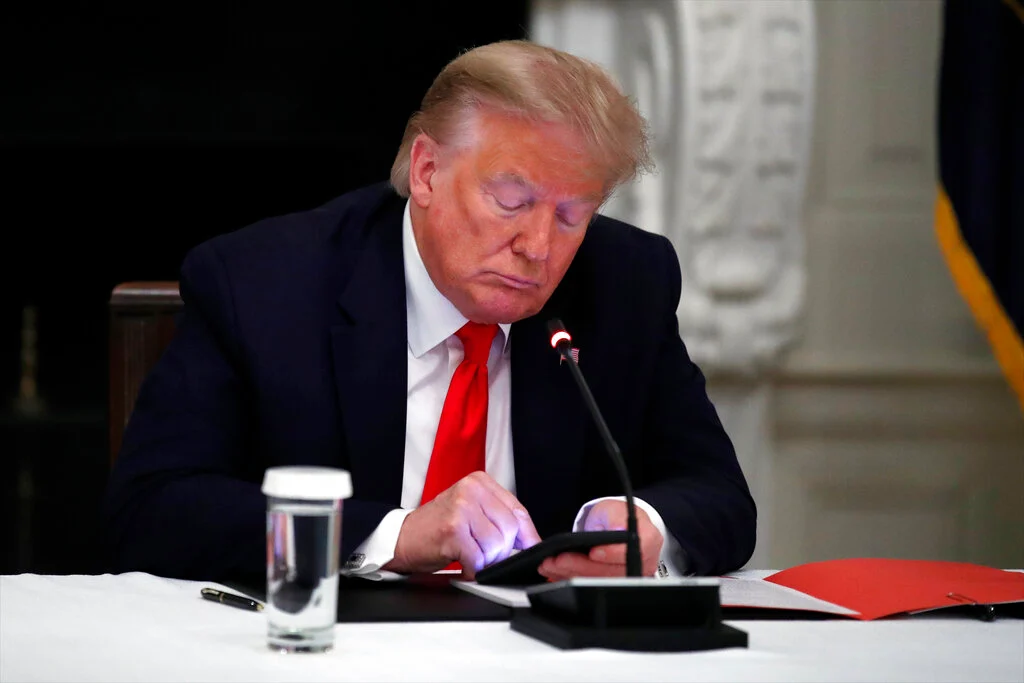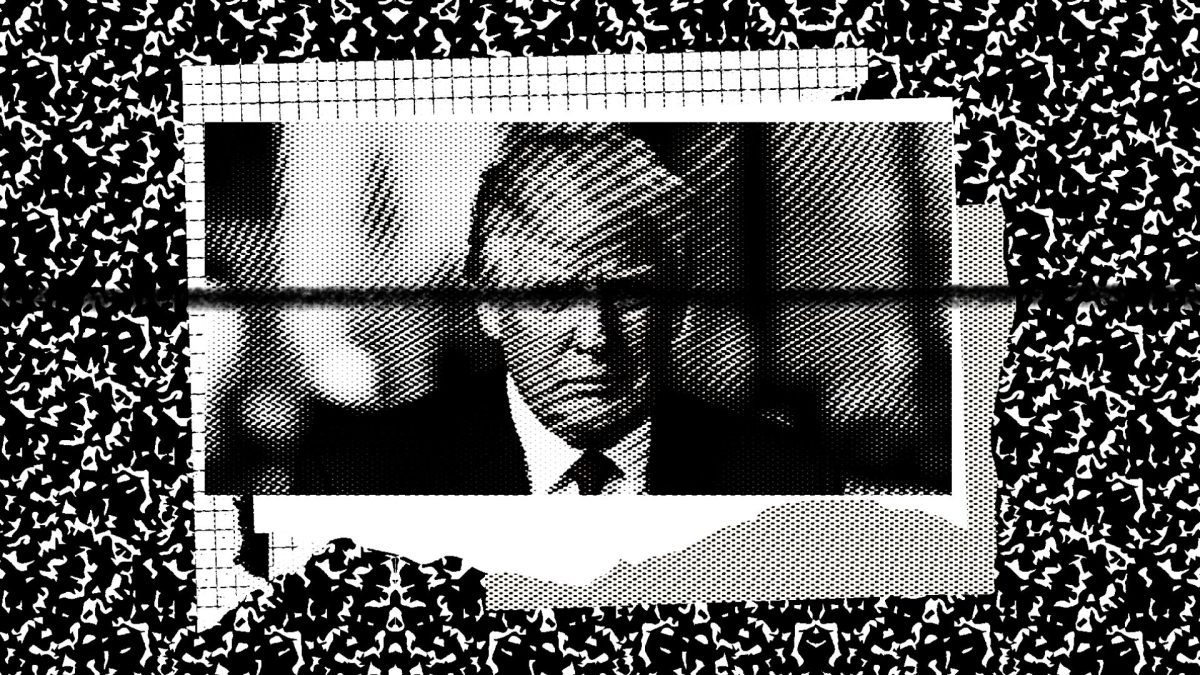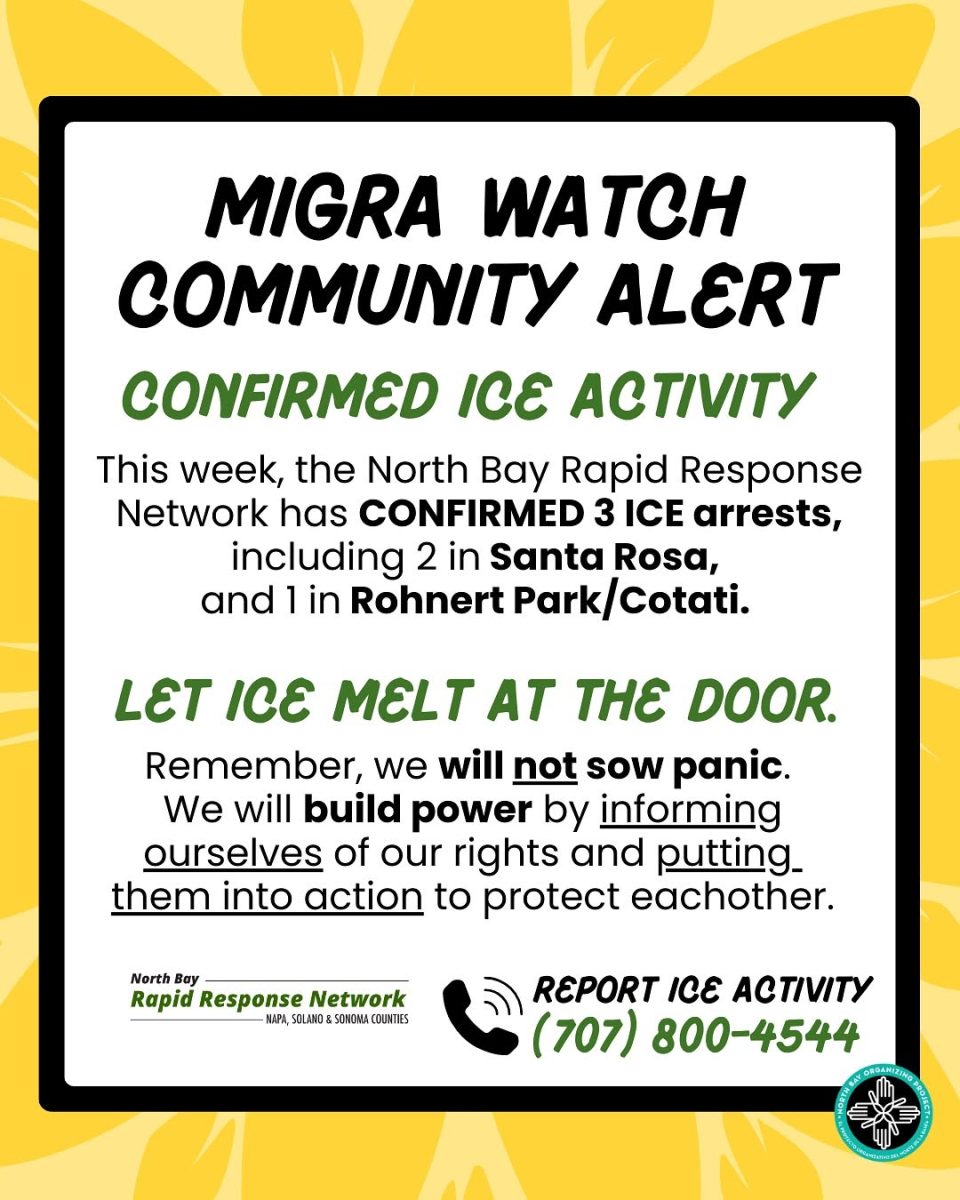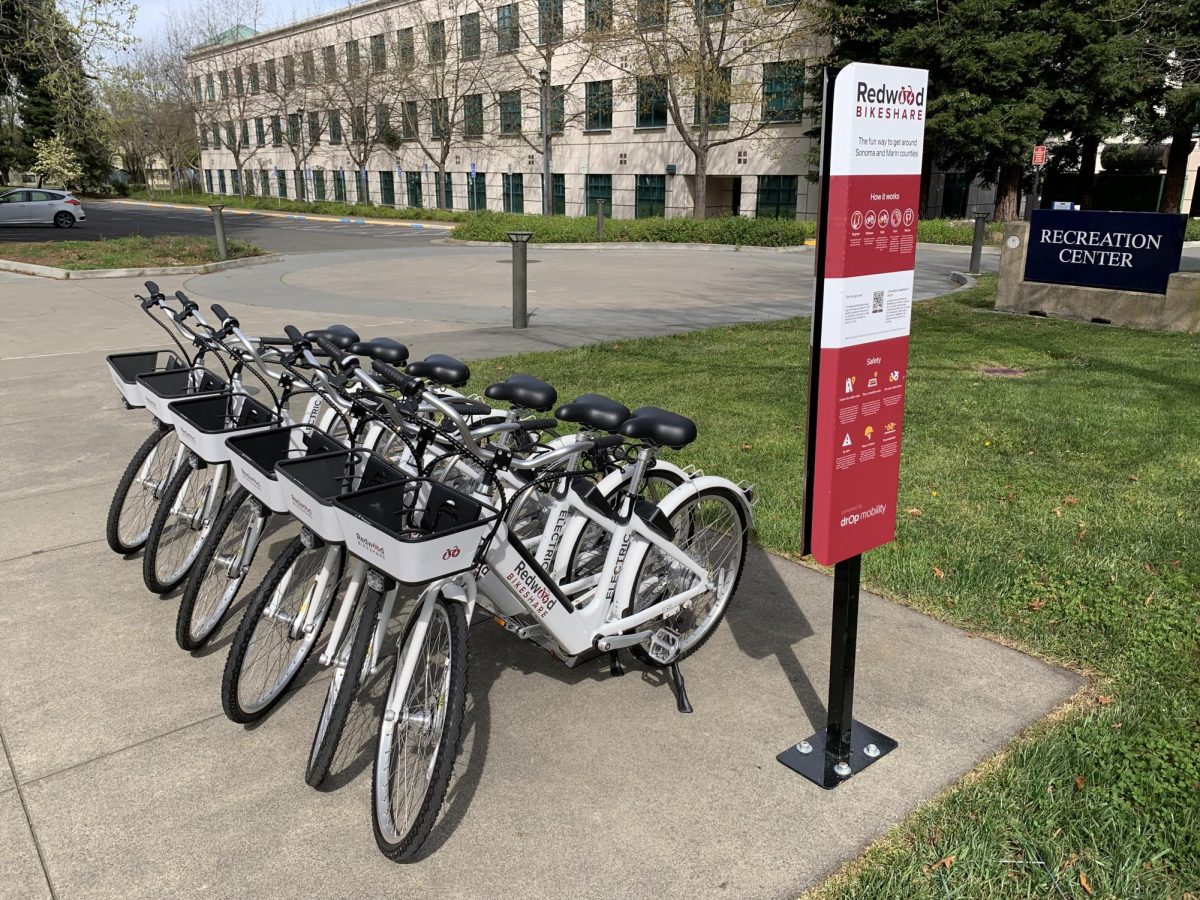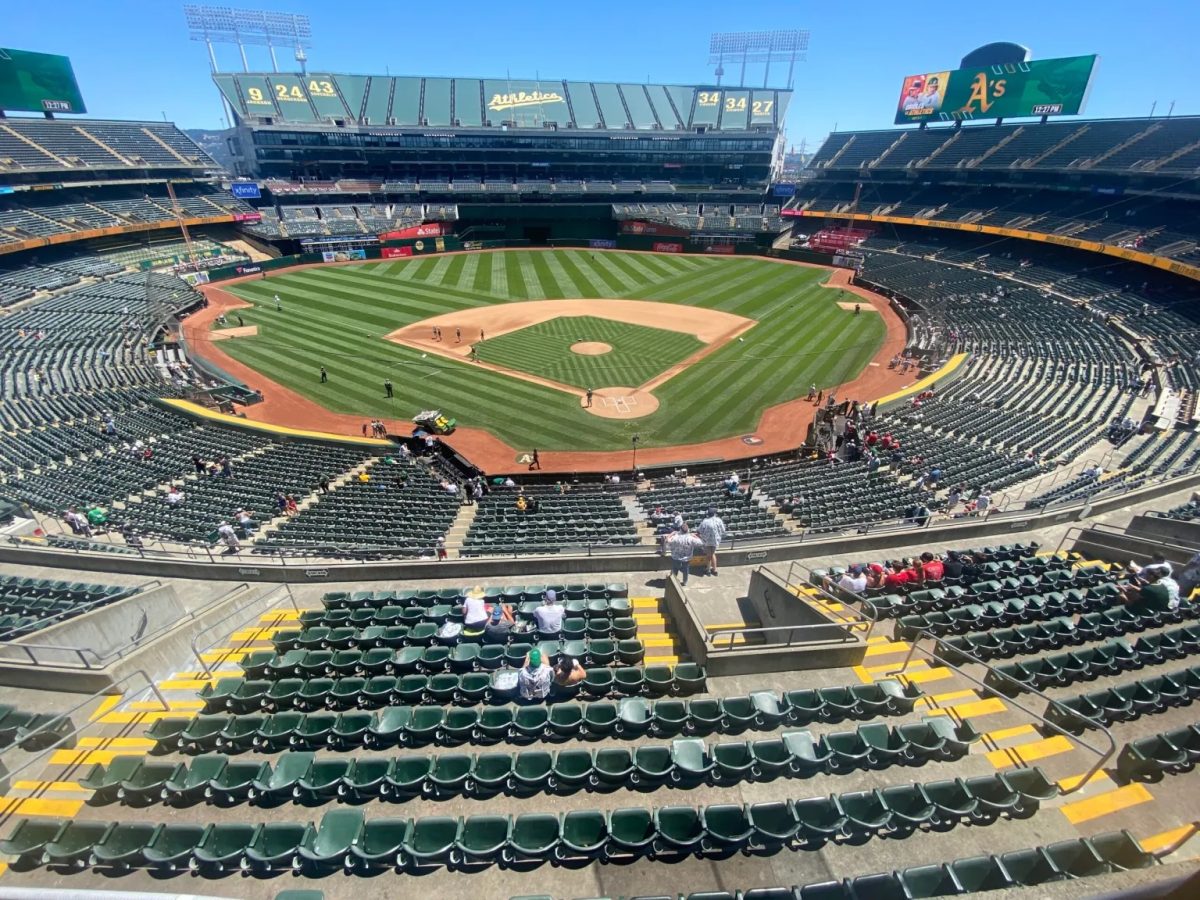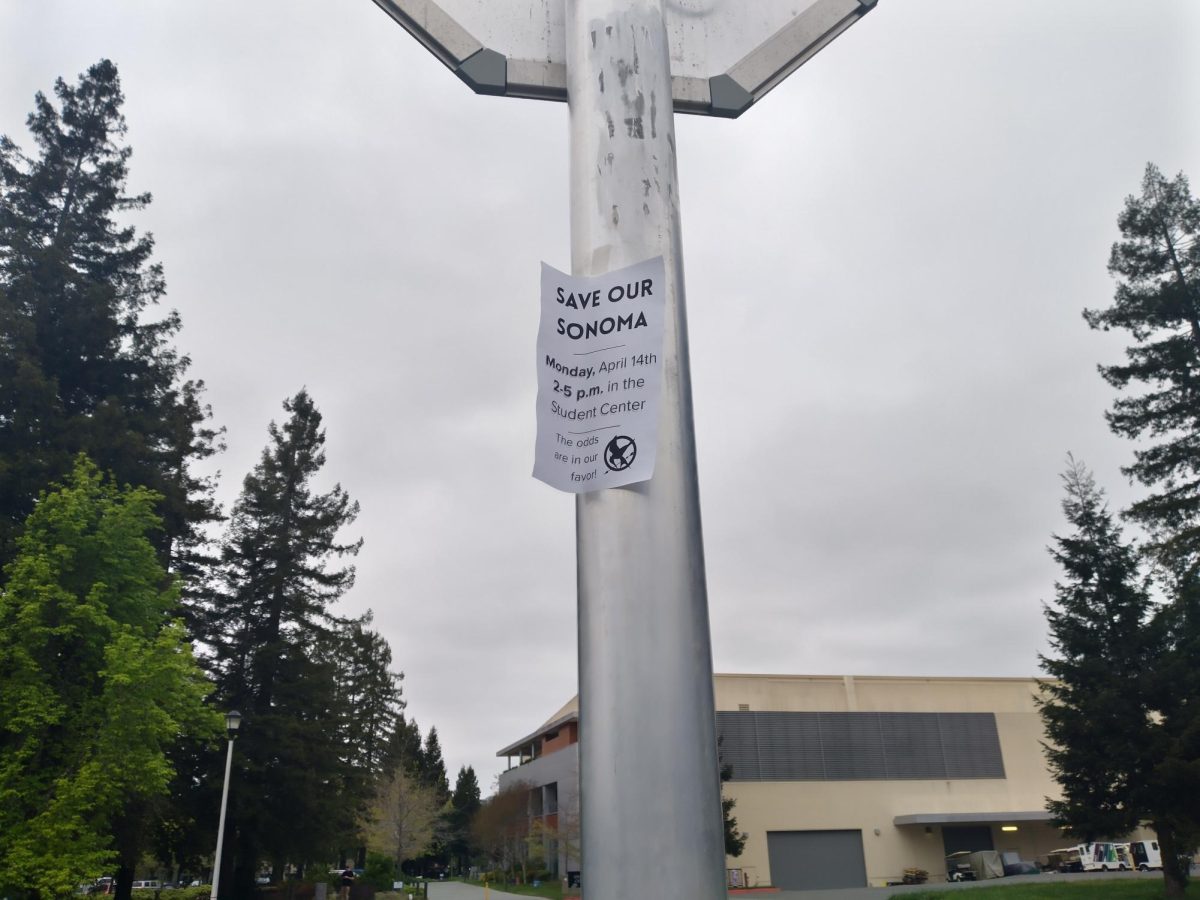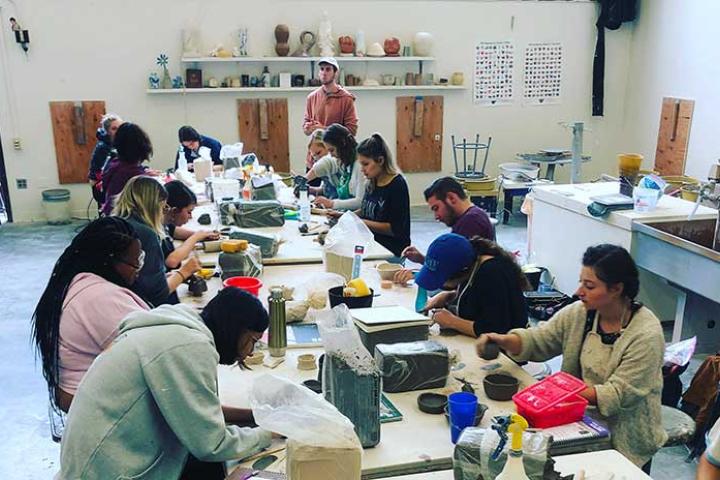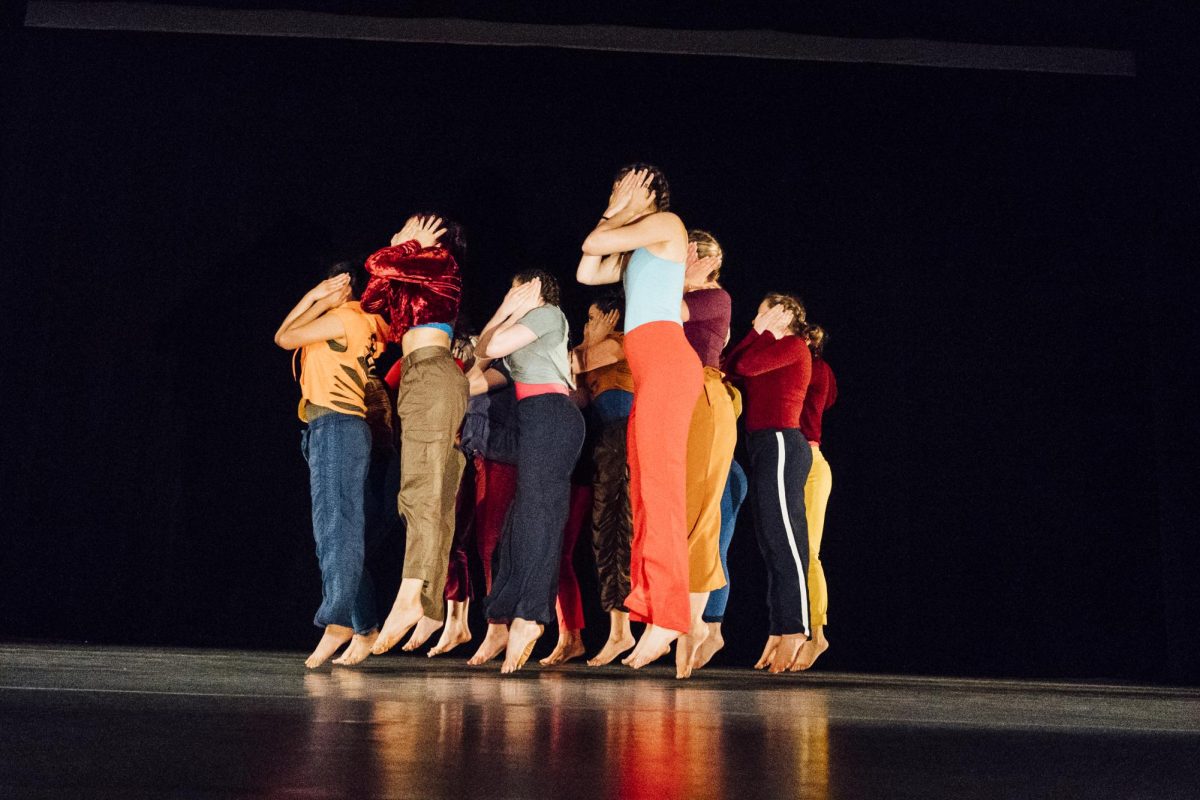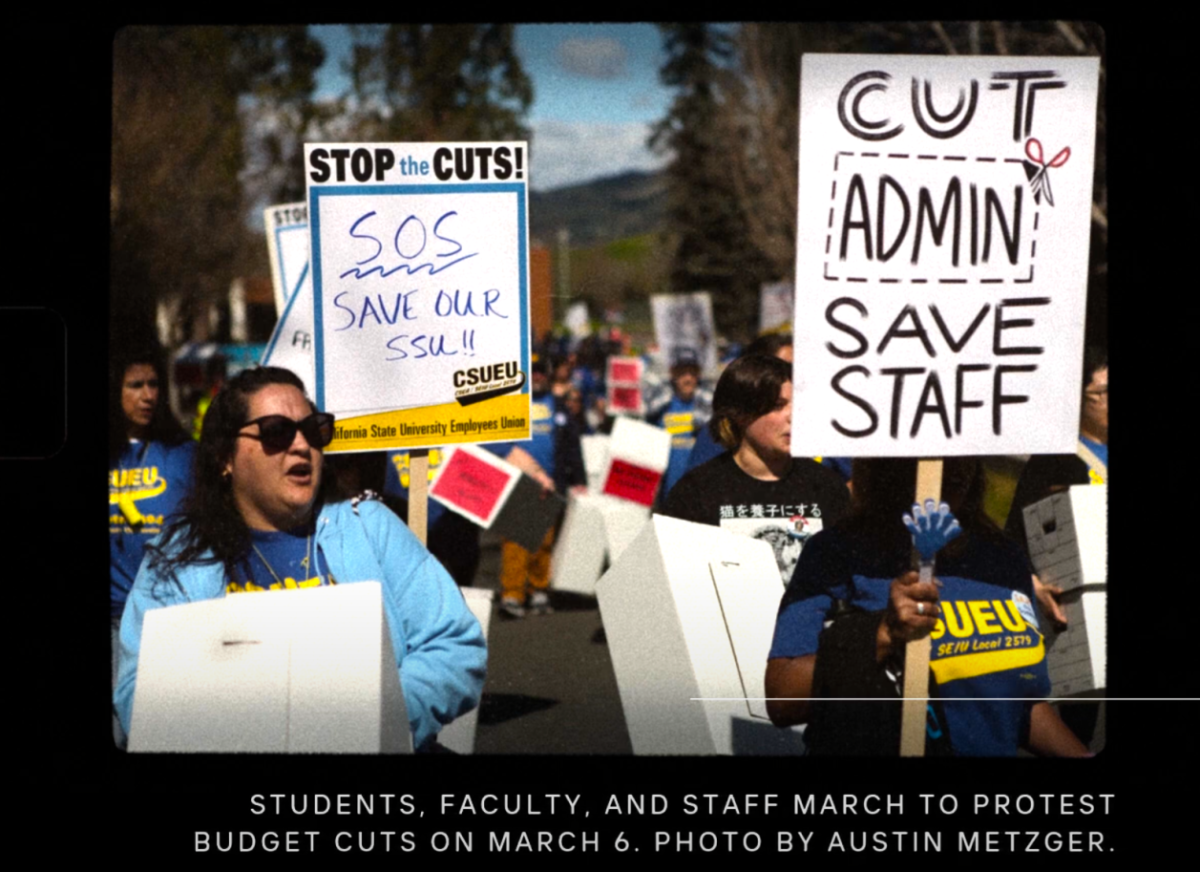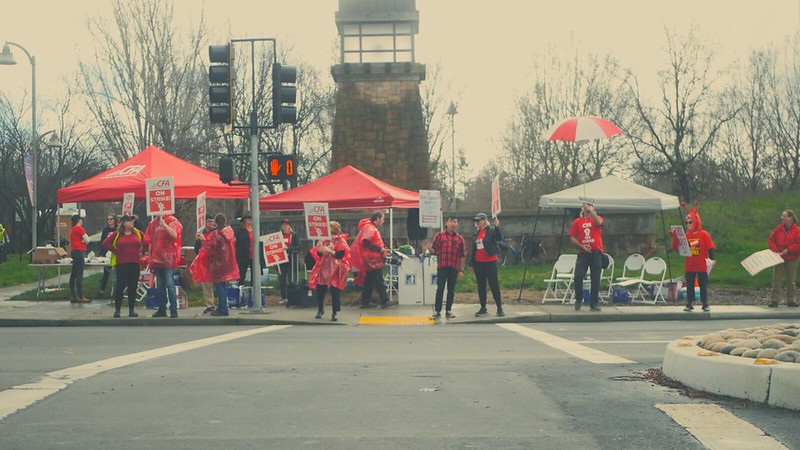The Oakland A’s departure from The Town marks the third major sports team to leave Oakland in the last six years. With the Warriors’ relocation to San Francisco, and the Raiders’ move to Las Vegas, Oakland activists and residents feel abandoned because of the betrayal from the three major sports teams.
Many residents believe this most recent move from the A’s represents an erasure of community and cultural identity for Oakland. According to CBS News, Christopher Dobbins, co-founder of Save Oakland Sports said, “It’s devastating. The A’s have been here since ’68. My whole lifetime. It is very, very sad. I didn’t cry, but I was really torn up this morning.”
Oakland Coliseum, also known as baseball’s last dive bar, is co-owned by Alameda County and the City of Oakland, which means coordination, approval and funding from two separate government agencies. Government officials from the city and county found themselves gridlocked in terms of what to do with the stadium. Attempts to negotiate with sports team owners often fell through because Oakland and Alameda County officials could not agree on business deals or public funding.
After negotiations, the A’s owner John Fisher struck a deal to move the team to Sacramento, pending their permanent residence in Las Vegas within four years. Neil deMause, a writer for Baseball Prospectus, said that Fisher abruptly switched gears from trying to keep the A’s in Oakland, to looking in Las Vegas. DeMause believes it’s possible that Fisher tried to use the team as leverage to get something more from Oakland officials, but his pressure on city and country governments ultimately led to the agreement to move to Las Vegas.
As for the Raiders, owner Mark Davis recognized that there were major cash-flow problems in Oakland. Because they were sharing the stadium with the Oakland A’s, it restricted their free agency and the ability to negotiate salary caps. According to The Athletic, Las Vegas built the $1.9 billion Allegiant Stadium with the help of a record-setting $750 million public subsidy. Since the move to Las Vegas, the value of the Raider’s franchise has more than doubled.
Sonoma State lecturer and Raiders reporter Paul Gutierrez said that the move was necessary for the franchise to survive and thrive. “I was also privy to plans in which they hoped to build a football AND a baseball stadium on the plot of land where the Coliseum and its sprawling parking lots sit,” said Gutierrez, “But the A’s wanted to go at it alone. This much is true – the fans paid the price.”
The Warriors’ motive for their move out of Oakland was similar to the Raiders. Oracle Arena’s infrastructure had narrow corridors, low ceilings, and complaints of a lack of proper restrooms. San Francisco offered residence at the Chase Center along with its wealthier community and updated infrastructure. The stadium was built for more than $1.4 billion and allowed increased ticket prices.
According to Essential Sports, former Oakland Mayor Libby Sheaf criticized the economic factors that played into this decision. “San Francisco has always been sparkly and fancy, much wealthier, and Oakland has always had grit and grind and celebrates its diversity, authenticity and working-class culture. We all felt the Warriors embrace that. This idea that teams abandoned the communities that have linked their identity with the team for economic reasons always feels hurtful.”
The three major sports teams’ departure from The Town highlight the economic and political challenges surrounding underfunded cities such as Oakland. These moves show the difficulties under-resourced cities face when trying to keep professional sports teams while dealing with unmet infrastructural demands and competing financial interests.
Oakland has experienced decades of systemic disadvantages because of its large black and brown community. Discriminatory housing policies, racist lending practices and redlining contribute to limiting tax value and wealth for Oakland. Knowing that the federal and state governments play a huge part in keeping Oakland under-resourced, this calls to question how often the government has played a role in the erasure of Oakland’s identity and culture. My answer? Since its inception.





